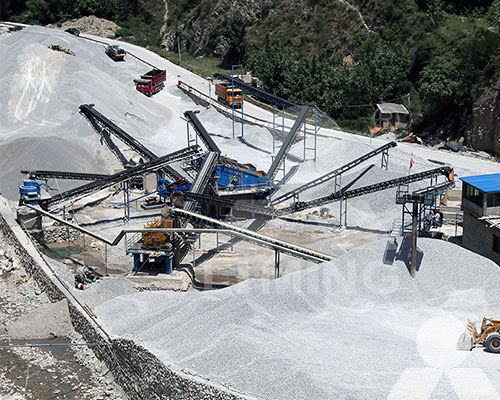70tph Gold Ore Crushing Plant in Malaysia
Material: Gold
Daily operation:10 hours;
Feeding size: below 400mm;
Output size: 0-16mm;
Equipment: PE600*900 jaw crusher, CSB160 spring cone crusher, CSD160 cone crusher, 2YA1860 vibrating screen.
A gold ore crushing plant refers to a facility that breaks down the gold ore into smaller pieces and prepares it for further processing. The primary step in gold ore crushing plant is the gold ore jaw crusher machine. Jaw crusher is the main gold ore crusher machine and is used for coarse crushing process. It can crush raw gold ore into smaller particles.
After the primary crushing process, the crushed gold ore will be conveyed to the cone crusher for secondary crushing. The cone crusher will further crush the gold ore into finer particles.
Next, the crushed gold ore particles will be sent to a ball mill for grinding. The purpose of grinding is to reduce the ore to a size suitable for the gold extraction process. The ground ore is then mixed with water and chemicals, such as cyanide, in a tank known as a leaching tank. This process helps to dissolve the gold from the ore.

The gold-bearing solution from the leaching tank is then processed through various techniques, such as carbon adsorption, electrowinning, or precipitation, to recover the gold. These techniques separate the gold from the solution and produce a final product, such as gold bars or gold doré, which can be further refined.
It’s worth noting that the specific design and configuration of a gold ore crushing plant may vary depending on the characteristics of the gold ore, the desired end product, and other factors. Additionally, environmental considerations and regulatory requirements play a crucial role in the design and operation of gold ore processing plants.
If you are looking for a gold ore crushing plant in Malaysia, it is advisable to consult with mining and processing experts or engineering firms specializing in the design and construction of such facilities. They can provide tailored solutions based on your specific requirements and ensure compliance with local regulations and best practices.









